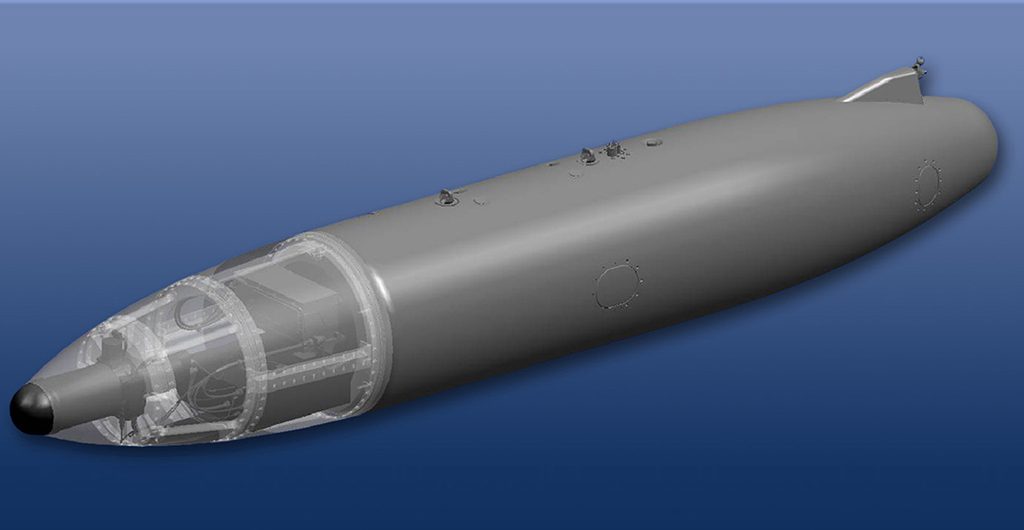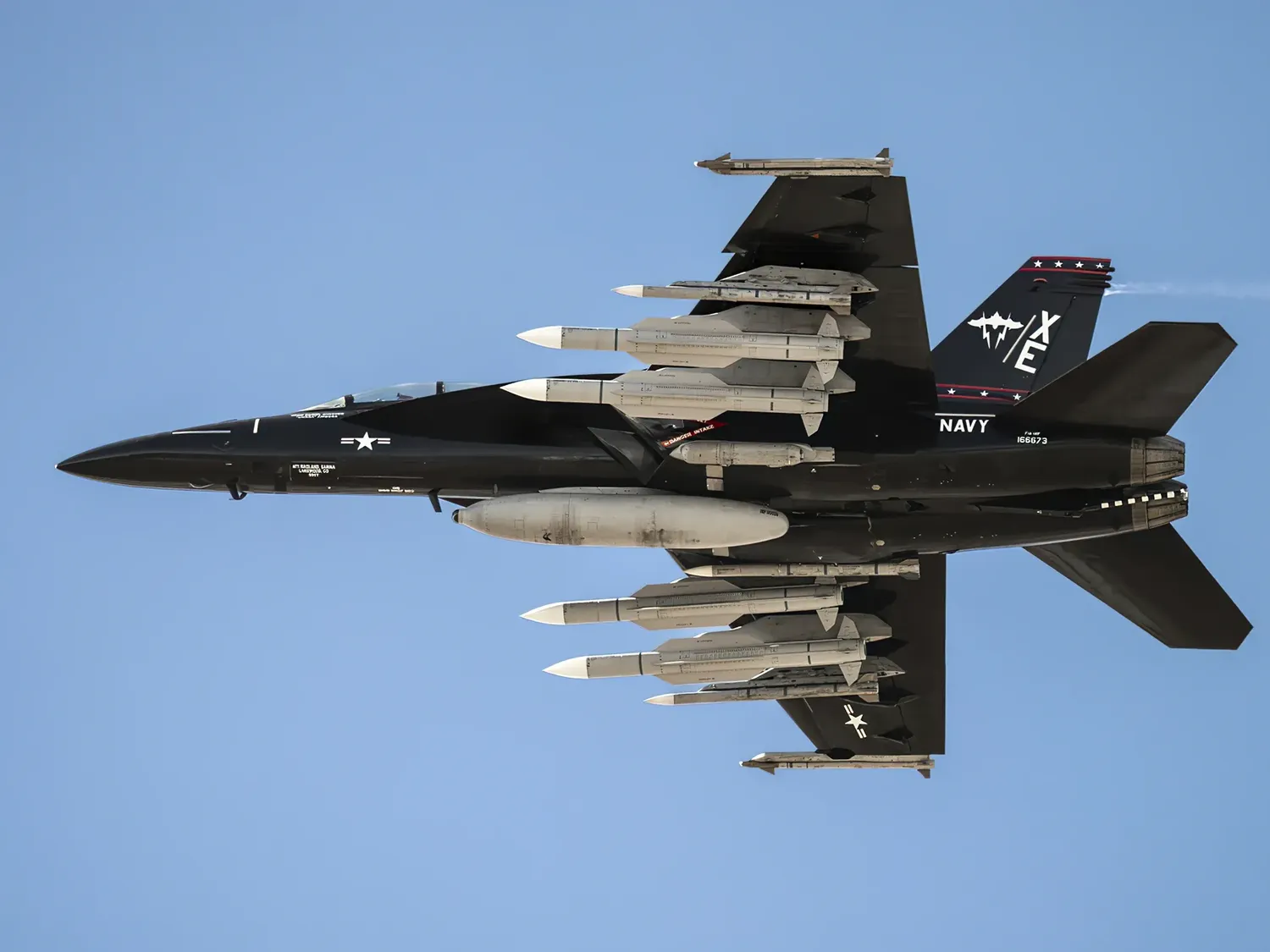The United States Navy has declared Initial Operational Capability (IOC) for the IRST21 sensor system, developed by Lockheed Martin, for the F/A-18 Super Hornet strike fighters. This milestone marks a significant advancement in the aircraft’s passive detection capabilities and paves the way for full-scale production, scheduled for later this year.
A Key Sensor for Air Superiority
The IRST21 is a long-wave infrared search and track (IRST) system that enables beyond-visual-range target detection without emitting active signals. This capability makes it a critical complement to the APG-79 AESA radar, enhancing the detection of low radar-signature threats and increasing the Super Hornet’s effectiveness in combat scenarios.
"Achieving IOC for IRST21 is a major milestone and a testament to the strong partnership between Lockheed Martin and the U.S. Navy," said Paul Hey, director of IRST programs at Lockheed Martin. "This advanced sensor provides a critical capability for detecting and tracking airborne threats at extended ranges, ensuring pilots can complete their missions with greater situational awareness and survivability."
Seamless Integration into the F/A-18
The IRST21 is mounted on the front of the Super Hornet’s centerline fuel tank, allowing it to operate without compromising the aircraft’s aerodynamics. Its integration significantly extends the fighter’s threat detection range, providing naval aviators with a crucial advantage in early target identification in high-threat environments.
"With this revolutionary leap in passive sensing technology, the IRST21 will redefine how aerial warfare is conducted, keeping pilots a step ahead of threats," said Hank Tucker, Vice President of Mission Systems at Lockheed Martin’s Sensors and Global Sustainment division. "We are proud to enhance the Super Hornet with an advanced sensor system that ensures strategic superiority in evolving threat environments."

You might be interested
Operational Challenges and Reliability Issues
However, the system’s development has not been without challenges. According to the latest Annual Report from the Office of the Director, Operational Test & Evaluation, the IRST Block II, which features the IRST21 sensor, encountered reliability issues during operational testing.
Recurring hardware and software failures forced aircrews to frequently reboot the module, and in many cases, the complexity of the problems exceeded the U.S. Navy’s maintenance teams’ capacity, requiring direct intervention from Lockheed Martin to resolve issues.
Despite these challenges, the implementation of IRST21 represents a significant step forward in the evolution of the F/A-18 Super Hornet, reinforcing its ability to operate in highly contested electronic warfare environments while enhancing its capacity to detect and engage stealth threats.


Comentarios
Para comentar, debés estar registrado
Por favor, iniciá sesión